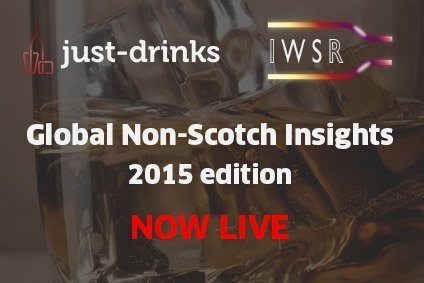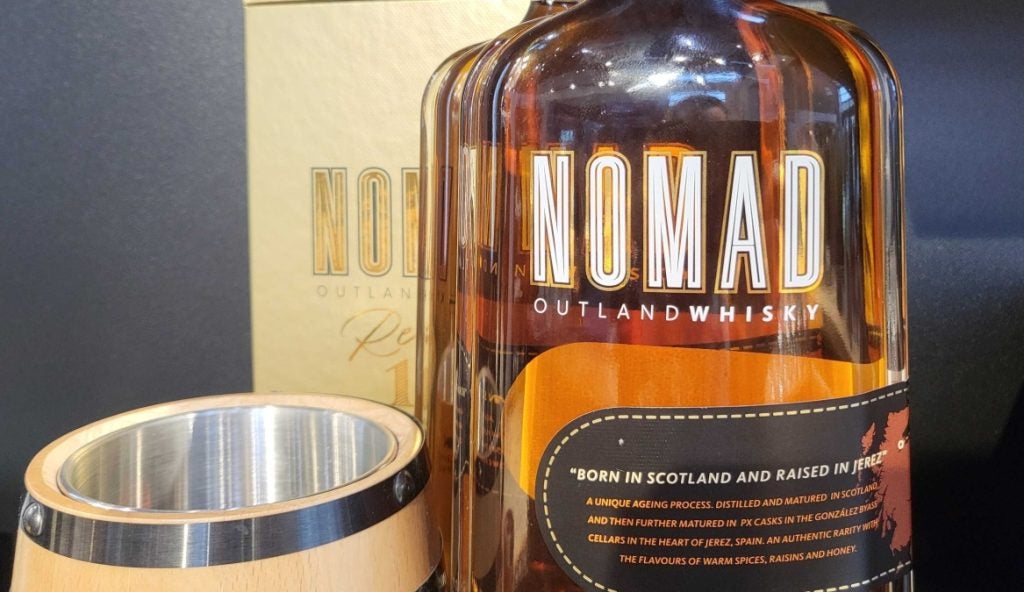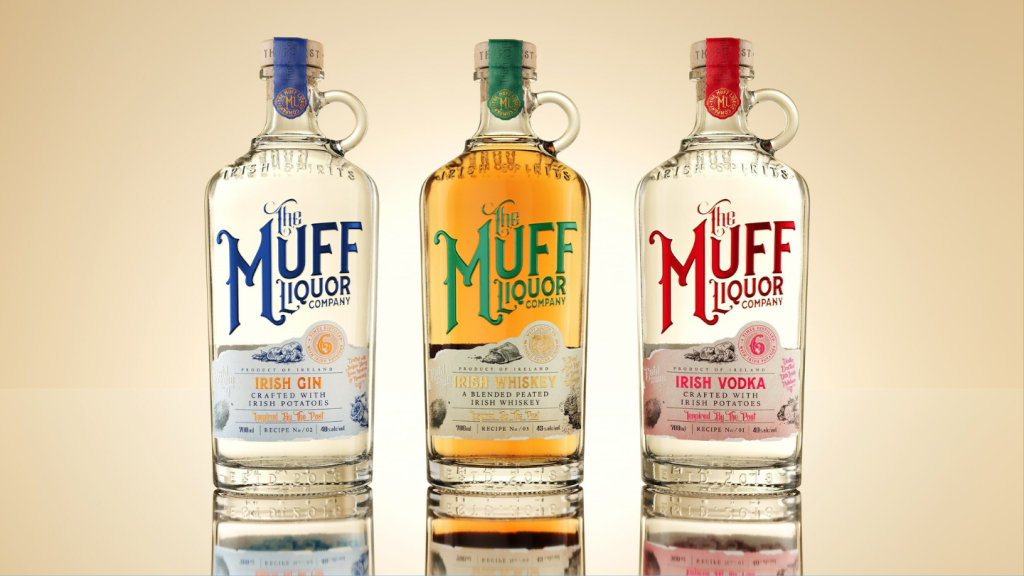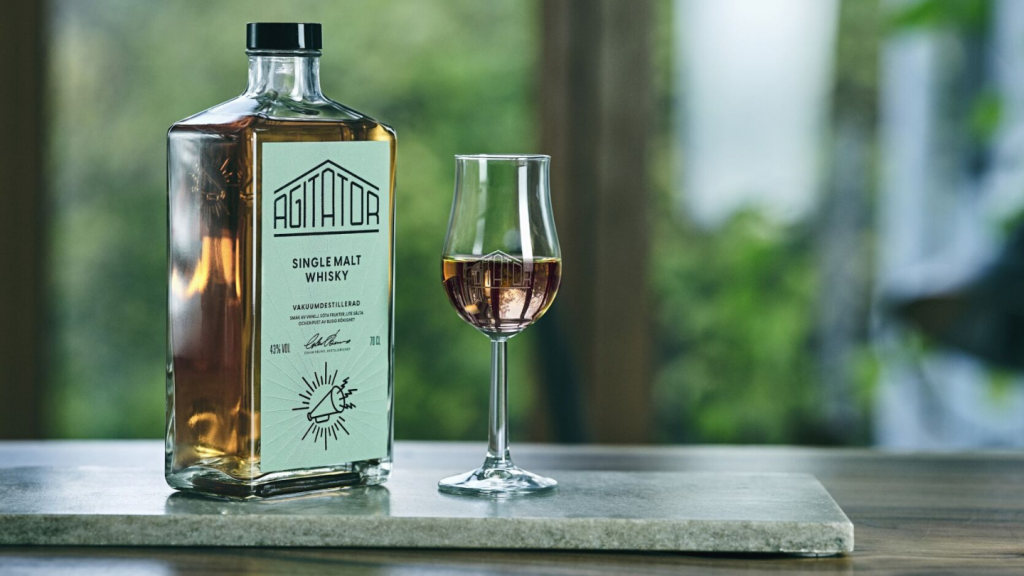
As diversity is what defines the non-Scotch whisky segment, it is subject to numerous and sometimes contrasting trends across the different whisk(e)y-producing countries. Nevertheless, while the category may represent a wide-ranging patchwork of national products, the trends in the key individual countries all appear to be pointing upwards, with a new IWSR/just-drinks report suggesting future growth is assured for the sector for the five-year period up to 2019.
The three most important sectors within this diffuse category are the US, Ireland and India, though the report reveals that the profile and the current market situation of each is markedly different.
For the two most international non-Scotch whisky sectors – American and Irish – the growth profile over the coming four years will be slightly different, according to the report.
The report forecasts that “US whiskey’s upward trajectory is set to continue for the foreseeable future”, with some 11.5m cases expected to be added by 2019, adding that the premium segment “will see the largest volume gains (up 6.6m cases) and will account for more than half the market by 2019”.
The Irish whiskey sector is also forecast for “impressive” growth, with the report forecasting year-on-year growth of 8% between 2013 and 2019 as the category continues to expand its global reach.
See Also:
However, for Irish whiskey it is the standard segment that will continue to dominate, and is expected to represent as much as 94.3% of the market by 2019. This is primarily down to supply issues. Indeed, in general the Irish whiskey industry is struggling to keep pace with the rapid market expansion. At present, there are some 20 distilleries in various stages of development in Ireland. In particular, double-digit growth rates will be seen for Irish whiskey in North America, fuelling much of the growth, but as many as 30 countries are expected to sales of Irish whiskey rise by more than 10,000 cases by 2019. North America as a whole will grow by 13.5% between 2013 and 2019, with the US itself adding 2.9m cases. Germany is set to take over from the UK as the sixth largest market, with Canada also entering the top 10 by 2019.
How well do you really know your competitors?
Access the most comprehensive Company Profiles on the market, powered by GlobalData. Save hours of research. Gain competitive edge.

Thank you!
Your download email will arrive shortly
Not ready to buy yet? Download a free sample
We are confident about the unique quality of our Company Profiles. However, we want you to make the most beneficial decision for your business, so we offer a free sample that you can download by submitting the below form
By GlobalDataThe report adds that, as more supply becomes available, the premium segment is expected to see increasing rates of growth towards 2019. Overall, the CAGR for the premium Irish segment over the five-year period will be 6.6%.
Ireland’s situation is shared, albeit not to the same degree, by the US. “The surge in US whiskey sales has a knock-on effect on supply as producers struggle to keep up with spiralling demand,” the report states. Producers are stepping up production to meet the rising demand. According to the Kentucky Distillers Association, Bourbon production has grown by more than 150% in the last 15 years, and there are now more Bourbon barrels in the state’s warehouses than at any time since 1977.
Until more capacity comes on stream, whiskey producers are employing a number of “tactics” to make supplies go further, the report notes. Fostering the rising demand for flavoured whiskeys has helped with the supply shortage, the report states, as some of the flavoured variants, including the highly successful Jack Daniel’s Tennessee Honey, are not full-strength spirits. The report also states that some of the leading operators, such as Jim Beam, Brown-Forman and Campari’s Wild Turkey brand – have claimed they have no supply issues.
One option that appears risky for US whiskey producers, however, is reducing the strength of their core brands. Maker’s Mark announced in 2013 that it was to reduce its alcohol level from 45% to 42% abv, but had to change its plans following a consumer backlash.
Overcoming any supply problems without too steep a rise in prices is important for both Irish and US whiskeys. The report states: “For US and Irish whiskey producers in particular, the trick will be to overcome short-term supply constraints without allowing prices to rise too high too fast, thus causing the market to overheat and creating a potential glut as higher production levels hit the market in future.”
Increasing demand has also created some problems for Japanese whisky producers, according to the report, though these have been eased to a degree by producers launching variants of premium malts and blends without age statements.
One area of the non-Scotch whisky sector which does not have any supply problems is India, which can perhaps be seen as the powerhouse of the category. An expanding consumer base will continue to “propel the vast Indian whisky segment forward”, says the report. India should account for over two-thirds of the total global increase in whisky consumption between 2014 and 2019, adding some 64m cases by 2019. Sales of Indian whisky are now roughly double those of US whiskey.
Such is the momentum and growth potential for the Indian whiskey sector that both the value and premium segments will be showing healthy growth. The market for Indian whisky is “overwhelmingly tilted towards the value segment”, the report points out, forecasting that this trend that will increase thanks to strong growth for value Indian whiskies. However, an increased focus on higher-priced brands will lead to “strong development” of the category in overall value terms during the coming years.
At the premium end, the Officer’s Choice brand, estimated to be the largest-selling whisky brand in the world by the IWSR, has had particular success with its premium line extension, Officer’s Choice Blue. Volumes of the premium variant increased almost threefold in 2013. “That success has led many other producers to review their premium whiskies, spawning an array of new products coming onto the market at higher price points, and with a greater focus on malt and blended Scotch content,” the report concludes.
Both the standard and premium Indian whisky segments are expected to see an acceleration in growth rate over the next four years, each adding over 10m cases by 2019.
For full details on this report, click here.






